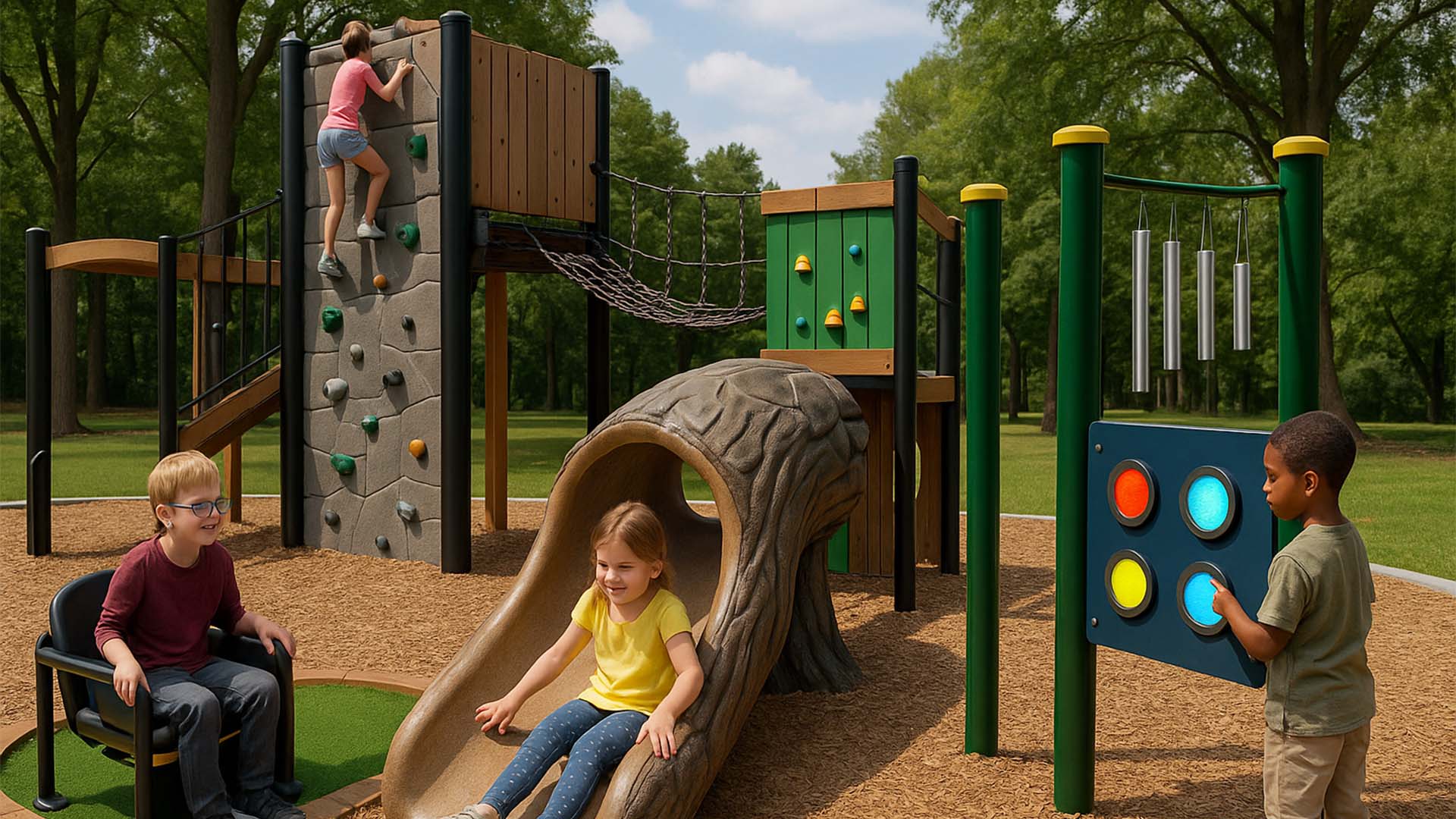Imagine a playground split into “pods”—each a self-contained mini-zone designed for different types of play. In 2025, communities are rolling out these playground pods, modular spaces that blend nature-inspired elements, sensory-rich equipment, and smart interactivity. From sliding down bark-wrapped chutes to triggering safe LED responses with motion sensors, pods make play more accessible, educational, and joyous for kids of all abilities.
What Are Playground Pods?
- Modular Design: Each pod focuses on a theme—balance, music, climbing, or quiet sensory play.
- Sensory Elements: Natural textures (wood, stone), wind chimes, water features, and soft surfaces aid sensory processing.
- Smart Integration: Motion-activated lights, gentle soundscapes, and interactive panels adapt to children’s movements.
- Inclusive Access: Ramps, transfer platforms, and adaptable swings ensure children with mobility differences can join.
Benefits for Families
- Tailored Engagement: Kids choose pods matching their interests and comfort levels.
- Enhanced Learning: Themes reinforce STEM concepts—like counting stepping-stones or pattern music.
- Social Connection: Small-group pods reduce overwhelm and encourage peer interaction.
- Safety Focus: Sensors monitor occupancy, alerting supervisors to needs or potential hazards.
Bringing Pods Home
- Start Small: Install a single sensory pod using repurposed tires, logs, and soft turf.
- Involve Children: Let kids vote on pod themes and help paint panels.
- Mix High & Low Tech: Combine natural play structures with simple digital elements—like a button-activated LED map.
Conclusion
Playground pods reimagine outdoor play as modular, smart, and inclusive. By combining nature-based design, sensory support, and gentle technology, these pods create joyful, educational spaces where every child can thrive.
Q&A Section
Q1: Are playground pods expensive?
A1: Initial installations can be moderate—start with one pod and expand. Community grants often help fund inclusive design.
Q2: Do pods require power?
A2: Smart elements use low-voltage, solar-powered sensors—minimal energy and easy maintenance.
Sources:
- Churchich Recreation Blog on 2025 playground trends blog.churchichrecreation.com








0 Comments